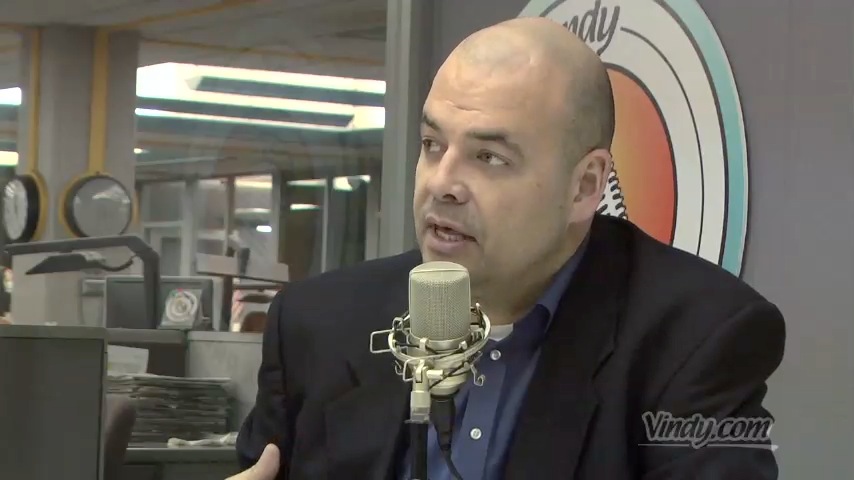The Facebook algorithm and our emotions

I asked a programmer how best to explain a computer algorithm.
For my sake, I asked him to explain it in simple terms.
“It’s not really a code,” he said. “Everyone thinks it’s a computer code. But don’t think of it like that. It’s actually the rule the code has to follow.”
The “everyone” he was referring to were readers of a column I’d written. It was about a Facebook algorithm change that rattled many users. Facebook’s new algorithm was altering the way we experienced the platform, what we saw first on our timelines, what ads popped up and what news we read first.
Facebook users were mad, and most of them didn’t have the first clue about algorithms or how they worked. “What’s an algorithm anyway,” one reader questioned in the comment section of my column.
It was a good question, and I’ll humbly admit, I wasn’t fully qualified to answer it with any level of expertise.
Like my programmer-friend explained, telling us what an algorithm is (and isn’t) and what it does (and doesn’t do) would have been a good first step for Facebook. The problem was that Facebook thought they were giving us what we wanted. They just did a really poor job of explaining algorithms to us in ways we’d understand.
In a report published last week, Aaron Smith, associate director for research at Pew Research Center, said “Nearly all the content an individual user might see on social media is chosen by computer programs attempting to deliver content that they might find relevant or engaging.”
That’s the algorithm, and it’s often the part of our social media user experience we don’t know or understand.
Who you follow, what you like, when you’re on, where you are when you’re on and how you use it all lead to the answer of why Facebook does what it does.
It’s why you see who and what you see in your news feed.
According to Smith, all of these algorithm changes might actually mess with our emotions.
When asked about the emotions they experience from content they see, 88 percent said they felt amused. And maybe that helps balance how it makes us feel the other times we use it. For example, 72 percent said the content sometimes made them feel angry.
If this is how the algorithm works, and we know how the content makes us feel, then why do we complain but keep coming back to social media?
Because we enjoy the feeling of connection, like the 71 percent of users in this study who said they like to see content on social media that makes them feel connected to others.
So, at the end of the day, we might not know precisely how an algorithm works, but we sure as heck know how the results make us feel.
Adam Earnheardt is chair of the department of communication at Youngstown State University. Follow him on Twitter at @adamearn and on his blog at www.adamearn.com http://www.adamearn.com .
 43
43
